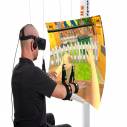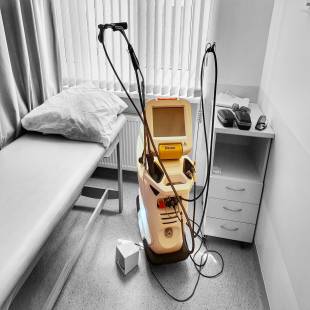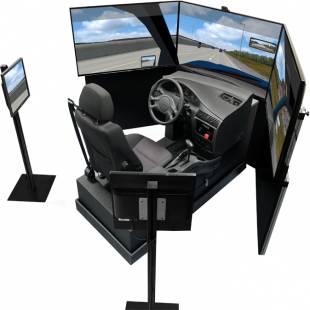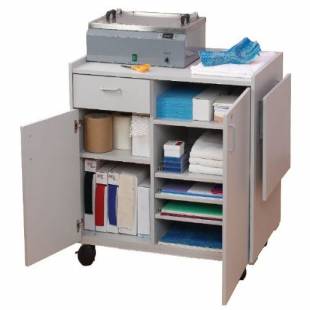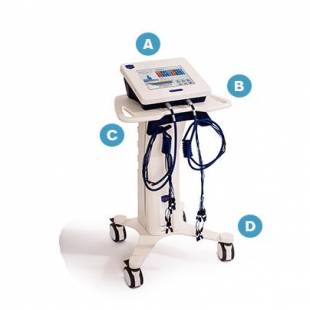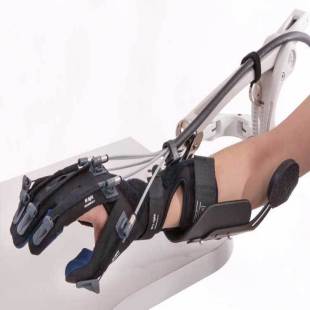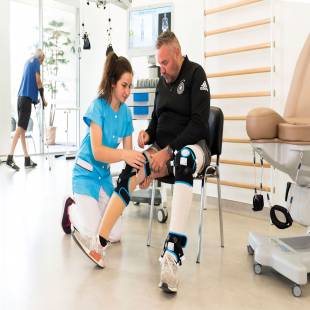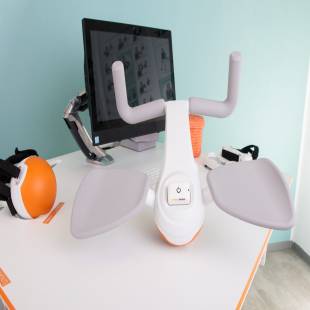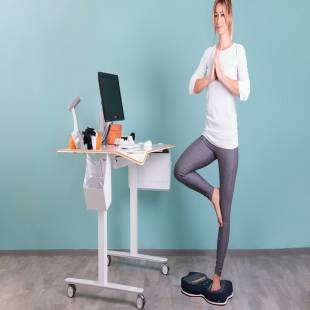DIEGO
Supplier : tyromotion
In Stock
Bilaterally back to life with its 3D therapeutic area and Virtual Reality, exactly with the required Support
Finally go fishing again? DIEGO® is Tyromotion´s unique Robotic Upper Extremity Rehabilitation device for neurological and orthopedic conditions.
DIEGO® skillfully assists patients with its unique intelligent weight relief. With its three-dimensional therapeutic area and virtual reality promotes therapy progress and allows functional training according the individual rehabilitation goals. It helps patients to get better. Every day.
DIEGO® enables the ideal transfer of what you have learned into everyday life – exactly with the required support. Nothing more and nothing less.
DIEGO® Facts
- Robotic and sensor based rehabilitation device
- Unilateral and bilateral therapy in one device – no configuration necessary
- Assistive and interactive therapies for the whole arm
- Applicable for adults and children in all rehabilitation phases
- Short setup time of patient to device
- End effector system (hands-on possible)
- Assist-as-needed with intelligent gravity compensation (IGC)
- Enables task oriented training
Functionality
- Training of lost arm-shoulder functionalities in neurological, pediatric, orthopedic and geriatric
- impairmentsch
- Distal support allows for a proximal initiation of movement
- Active weight relief of the arms, IGC (Intelligent Gravity Compensation) promotes an optimal mobilization of the arms
- Virtual Reality supports cognitive rehabilitation and stimulates neuroplastic changes in the brain
- ROM assessments as well as functional therapies for the upper extremity
- Quick and easy patient setup with arm slings that attach to the arm both unilaterally and bilaterally
- Accessible for both mobile and wheelchair patients
- Two overhead arm units, individually adjustable arm slings, motor controlled ropes
- Sensors capture the arms’ positions as well as the joint angle
DIEGO® in Practice
- Interactive therapeutic games
- Assessments show improvements and rehabilitation progression
- Reporting and documentation saves diagnoses and therapy results
- Enables ideal transfer of what the patient has learned into everyday life
- Quick change between adults and children
- High net therapy time
- Interactive therapies and task oriented training with objects
- Symmetrical and asymmetrical movements as well as cyclical and cooperative sequences of movement


